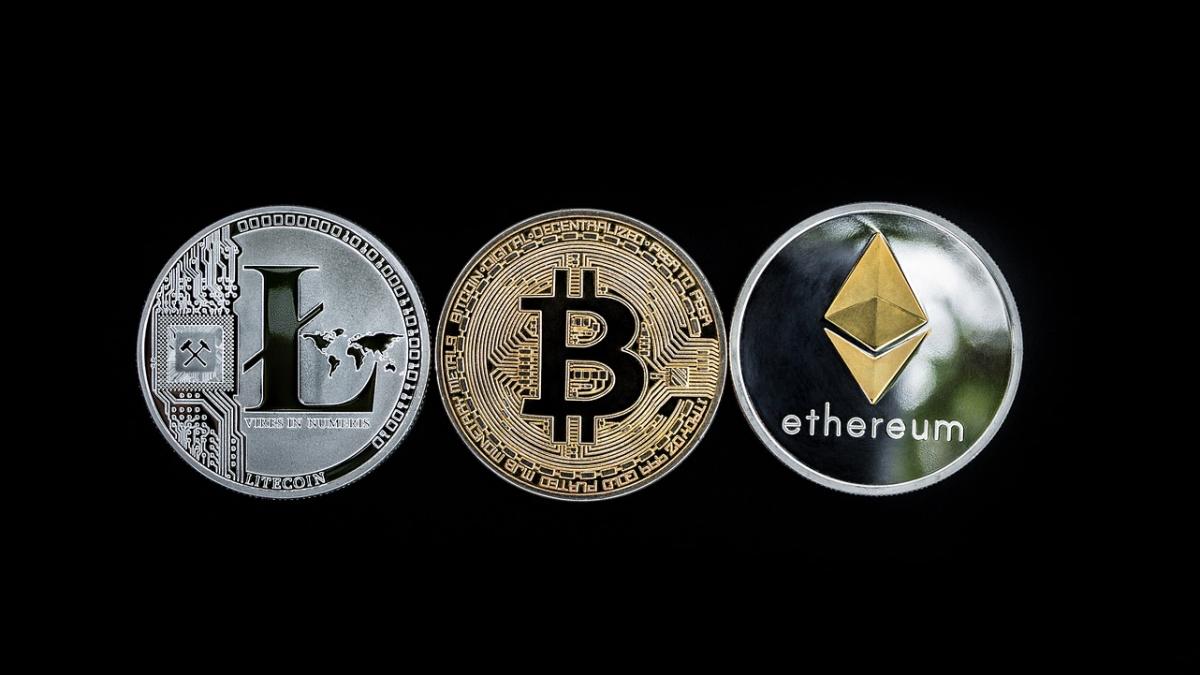Gaurav Arora, SVP CoinDCX PRO, is in conversation with Aabha Bakaya, senior editor & anchor, Business Today TV as they discuss how CRYPTO and DeFiI are correlated.
Aabha asks Gaurav about how DEFI is different from Crypto. Gaurav explains Blockchain as the underlying technology that allows transactions to be done without a centralized entity. DeFi is the overarching platform that enables lending, earning, stock transactions, etc. and Crypto is one of the most prominent use cases.
Aabha then asks about the potential risks associated with DeFi in the Indian as well as global market. According to Gaurav, what is happening is a leap of 150 years of financial evolution within five to ten years. Thus, the early stages come with a possibility of technological risks. As the code in DeFi is open source, it is prone to hacks, attacks and vulnerabilities. On the flip side there are thousands contributors who work on identifying flaws and enhancing the code, so eventually this will lead to a more resilient and stronger code base.
The second risk is around scalability and cost . For example, Ethereum, despite being the most common decentralized finance entity, can only support 15 transactions per second whereas Visa, which is one of the second largest payment processors, can support many thousands.
There is constant work being done in this space to enhance productivity; for instance the upcoming ‘Merge’ event where Ethereum is moving to an advanced level- Ethereum 2.0 where the electricity cost will go down by 99.9 %.
The third risk is called self-custody. In DeFi, users have full custody of assets which can be accessed using a private key.Thus, the downside is that losing the private key would mean that the user can never access that money again, and if somebody else gets access to that private key, then they can take all of the assets. The solution is a smarter and better recovery mechanism.
Fourthly there are regulatory risks. There’s a certain level of anonymity which DeFi brings, which can create risks for money laundering and exploitation. Association of an identity with the transactions without losing the anonymous nature is the key to resolve this risk.
Going forward, Aabha asks about DAO and its connection to DeFi.
Gaurav explains that DAO stands for Decentralized Autonomous Organization. It can be seen as the next evolution in workplace organizations. The strength lies in the fact that DAO code cannot be broken, thus it can be seen as the most puritan form of democracy. Also, every decision of DAO is available for audit.
Aabha then moves on to discuss the major concerns of DeFi technology. Firstly Gaurav discusses the factor of pricing as the price has been going against what was actually expected. In terms of regulatory ambiguity, the focus must be on removing inefficiencies, unlocking value and distribution. Hence Gaurav proposes that the next wave of growth is not going to come from just pure speculation, it will come from actual utilities and use cases.
Understanding how exactly to regulate this space is time consuming, yet continuous progress is undeniably seen in this field.
Read More: news.google.com









 Bitcoin
Bitcoin  Ethereum
Ethereum  Tether
Tether  XRP
XRP  Solana
Solana  USDC
USDC  Dogecoin
Dogecoin  TRON
TRON  Cardano
Cardano  Lido Staked Ether
Lido Staked Ether  Wrapped Bitcoin
Wrapped Bitcoin  Chainlink
Chainlink  Avalanche
Avalanche  LEO Token
LEO Token  Stellar
Stellar  Sui
Sui  Shiba Inu
Shiba Inu  Toncoin
Toncoin  Hedera
Hedera  USDS
USDS  Wrapped stETH
Wrapped stETH  Bitcoin Cash
Bitcoin Cash  Hyperliquid
Hyperliquid  Litecoin
Litecoin  Polkadot
Polkadot  Bitget Token
Bitget Token  Binance Bridged USDT (BNB Smart Chain)
Binance Bridged USDT (BNB Smart Chain)  Ethena USDe
Ethena USDe  WETH
WETH  Pi Network
Pi Network  WhiteBIT Coin
WhiteBIT Coin  Monero
Monero  Wrapped eETH
Wrapped eETH  Coinbase Wrapped BTC
Coinbase Wrapped BTC  Pepe
Pepe  Uniswap
Uniswap  Dai
Dai  OKB
OKB  Aptos
Aptos  Gate
Gate  Bittensor
Bittensor  Ondo
Ondo  NEAR Protocol
NEAR Protocol  Tokenize Xchange
Tokenize Xchange  sUSDS
sUSDS  Internet Computer
Internet Computer  BlackRock USD Institutional Digital Liquidity Fund
BlackRock USD Institutional Digital Liquidity Fund  Ethereum Classic
Ethereum Classic